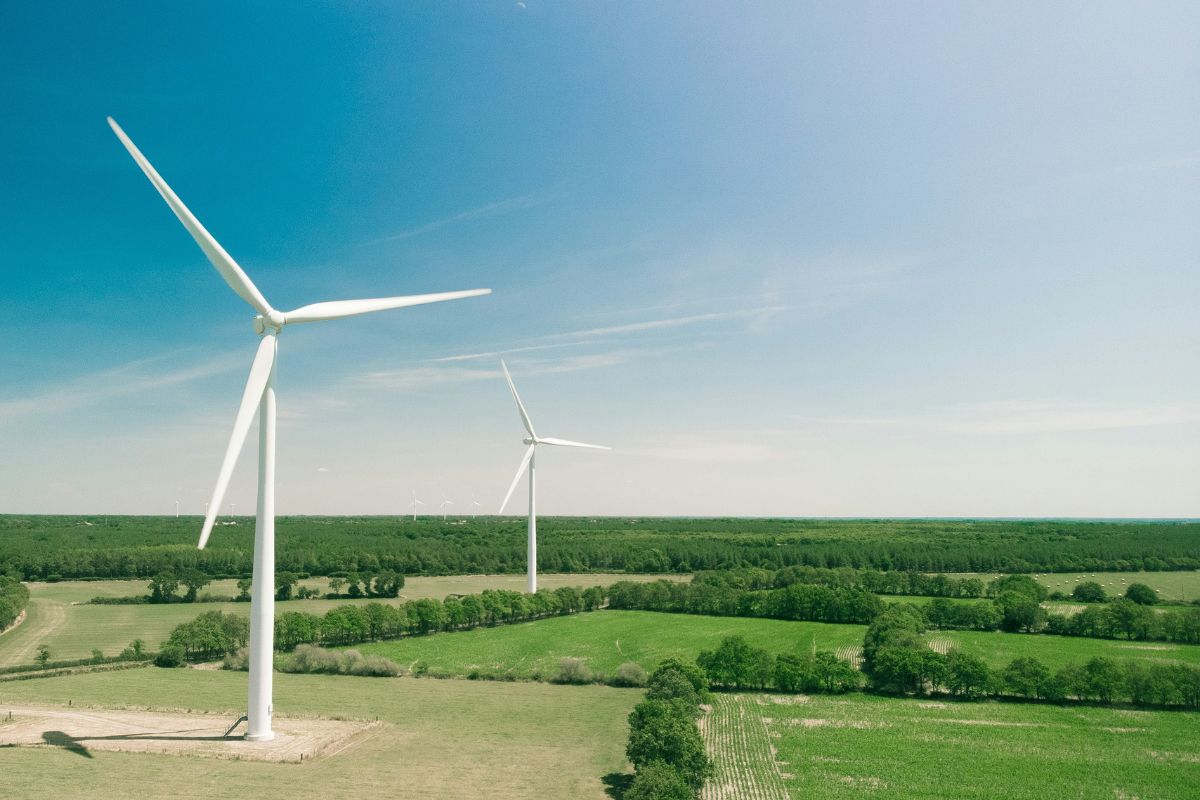Humans have harnessed the power of the wind for thousands of years to sail boats, pump water and grind grain. Nowadays, energy companies like Alliant Energy harness energy from the wind to power homes and businesses.
Wind has a long track record of being a reliable energy source. Even so, misinformation continues to spread. We’ve debunked several myths about wind energy before, and we’re back to set the record straight on three more.
Myth: Wind farms are loud
According to the Department of Energy, utility-scale wind turbines produce sounds in the range of 35-45 decibels when heard from about 330 yards away. At this distance, the wind turbines' sound is no louder than a typical refrigerator in your home.
Wind turbines are like giant fans and can produce similar noises like the hum of a turbine generator or a whooshing sound when blades move through the air, but we conduct studies to predict sound levels. We always comply with local laws to keep sound within designated levels so as not to disrupt neighboring properties.
Myth: Wind projects negatively impact the local community
Wind projects actually give back to local communities through tax incentive programs. Each year, communities that house wind projects receive payments from their state government they can incorporate into budgets for things like improving roads, emergency response services and public buildings.
During the planning and construction phases of wind projects, we work with the local community and neighbors of wind projects to minimize disruption. This often includes collaborating on construction traffic flows and establishing quiet hours for construction.
We also strive to hire locally to maximize the positive economic impact of our wind projects. We rely heavily on local contractors and the skilled craftsmanship of workers hired through local union halls including carpenters, laborers, electricians and heavy equipment operators.
Myth: Wind farms negatively impact property values in rural areas
Research consistently shows the planning, construction and ongoing operation of large-scale wind turbine projects do not negatively affect property values in the long term. In fact, some studies suggest the economic benefits of wind projects can increase property values, especially in rural regions.
As the largest source of renewable electricity generation in the United States, utility-scale wind energy continues to grow, with over 70,000 turbines deployed across the country capable of producing 146 gigawatts of renewable and reliable electricity. This amount of wind power helps meet the energy needs of 46 million American households.

Wind energy myths: Sound, impact on local communities and property values

Grant Barton
Communications Partner
Published on February 15, 2024
Grant Barton is a Communications Partner with a passion for sustainability and eco-friendly city planning. He has a diverse background in engineering, politics and international communications and hopes to apply this experience when writing and breaking down complex topics related to Alliant Energy's Clean Energy Future plans.
Recent Stories
Alliant Energy builds a stronger community with Habitat for Humanity
Our company contributes to Habitat for Humanity in many ways including recent building events with Wisconsin’s Habitat for Humanity of Dane County (HHDC) and Iowa’s Cedar Valley Habitat for Humanity (CVHH).
Read More
Industrial food grade building available in Fort Madison, Iowa
A location now available and potentially eligible for an incentive power rate is a site formerly used to manufacture metal cans for the food industry.
Read More
For Alliant Energy VIP Shannon Self, volunteering takes center stage
Shannon Self is constantly lending a helping hand in her community.
Read More
